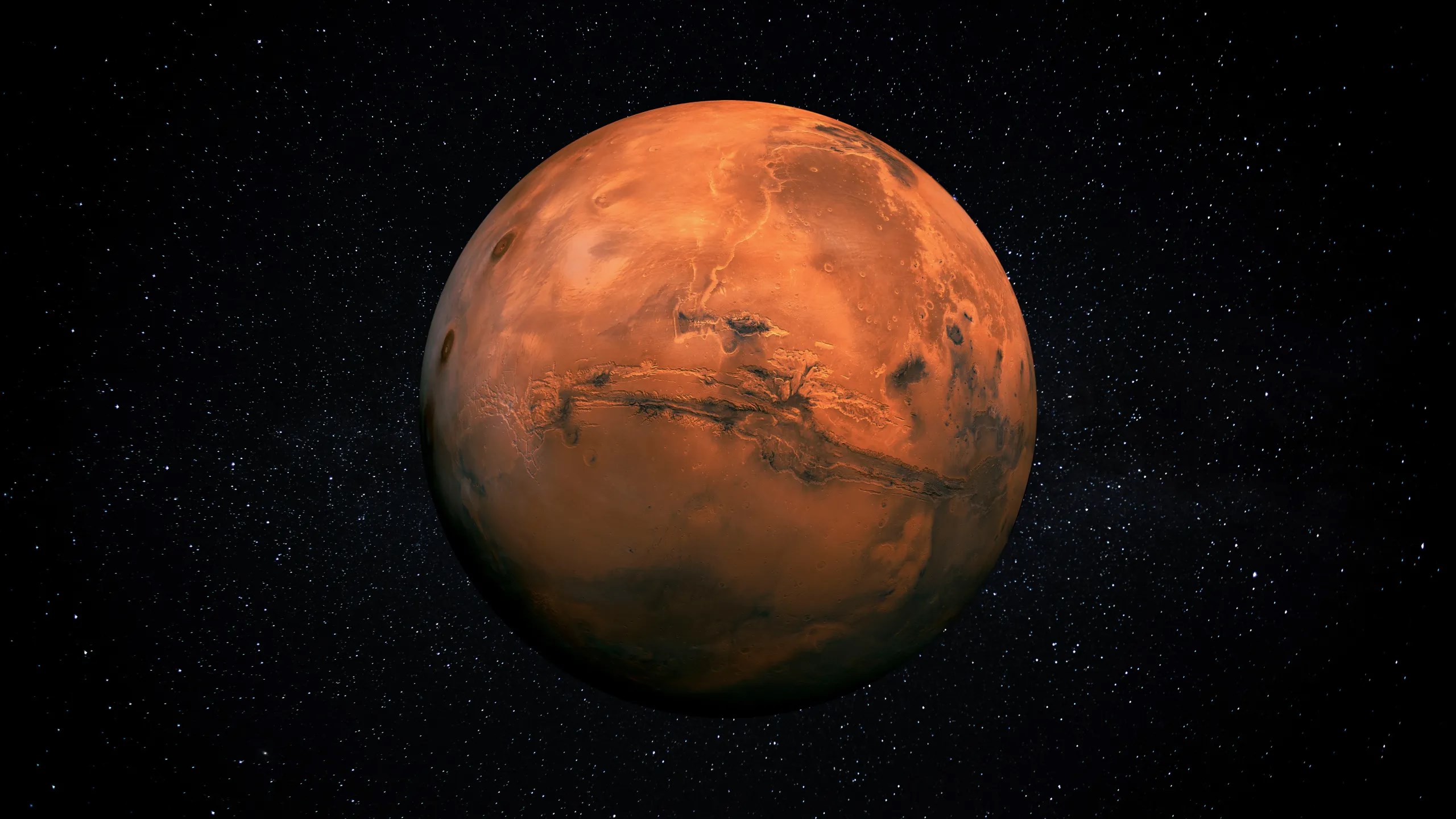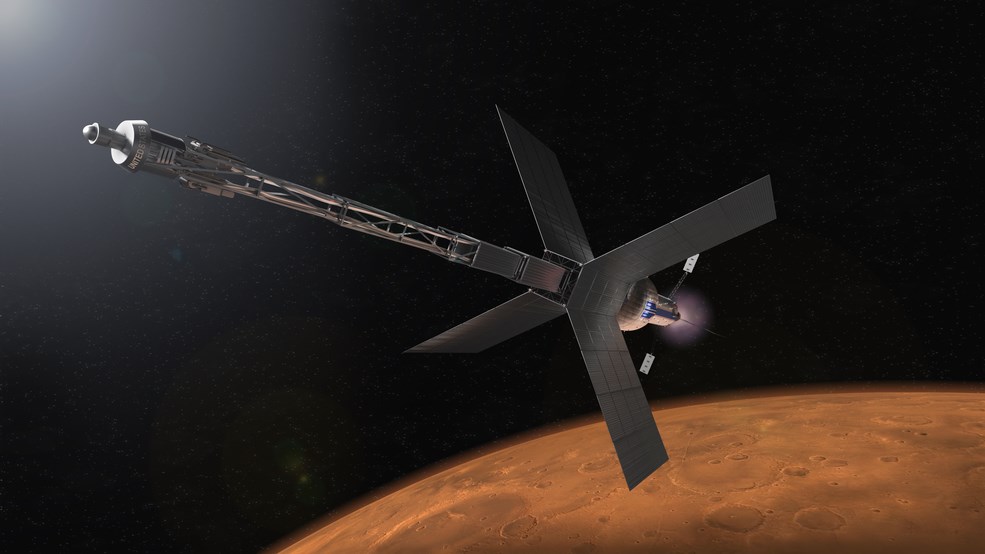 NASA is increasingly investigating the idea of rockets that will carry people to Mars with nuclear energy. However, to achieve this goal, there are many steps to develop by Nuclear Thermal Propulsion -NTP) to achieve this goal. Fortunately, NASA and General Atomics Electromagnetic Systems (GA-EMS) in cooperation, an important step in these technologies have been taken.
NASA is increasingly investigating the idea of rockets that will carry people to Mars with nuclear energy. However, to achieve this goal, there are many steps to develop by Nuclear Thermal Propulsion -NTP) to achieve this goal. Fortunately, NASA and General Atomics Electromagnetic Systems (GA-EMS) in cooperation, an important step in these technologies have been taken.General Atomics tested a new NTP reactor fuel at NASA’s Marshall Space Flight Center in Alabama. The aim of the tests was to see how durable this fuel was in space conditions. According to the statements of the company officials, the tests showed that fuel can withstand the challenging conditions of space flights.
“Positive test results proving that fuel can withstand these operational conditions, which encouraged us very much, brought us closer to realizing the potential of safe, reliable nuclear thermal drive for moon and deep space tasks,” proved that fuel can withstand these operational conditions, “he said.
2-3 times more efficient than traditional systems
 General Atomics, selected fuel samples for the test subjected to six thermal cycles. In these cycles, the temperature of the fuel was rapidly increased to 2600 Kelvin (4.220 Fahrenheit) levels by using hot hydrogen. Any NTP fuel in space must be resistant to such extreme temperatures and hot hydrogen gas. While these tests show how resistant the fuel is, additional tests with different protective properties have also demonstrated material improvements that improve the performance of the fuel. According to the company, such tests have not been performed before.
General Atomics, selected fuel samples for the test subjected to six thermal cycles. In these cycles, the temperature of the fuel was rapidly increased to 2600 Kelvin (4.220 Fahrenheit) levels by using hot hydrogen. Any NTP fuel in space must be resistant to such extreme temperatures and hot hydrogen gas. While these tests show how resistant the fuel is, additional tests with different protective properties have also demonstrated material improvements that improve the performance of the fuel. According to the company, such tests have not been performed before.The fuel tested by NASA and General Atomics was able to withstand 3000 Kelvin (4,940 Fahrenheit or 2,727 Celsius) temperatures. This means that nuclear thermal drive systems can work two to three times more efficiently than existing rocket engines. One of the main reasons why NASA develops this technology is that nuclear rockets are much faster than rockets working with traditional chemical fuels. Faster travel times can reduce risks for astronauts. It also requires longer journeys, more materials and more powerful systems.
NASA and DARPA announced in 2023 that they were working on a nuclear thermal rocket engine to send a manned spacecraft to Mars. NASA aims to show a screening in 2027 with this technology.